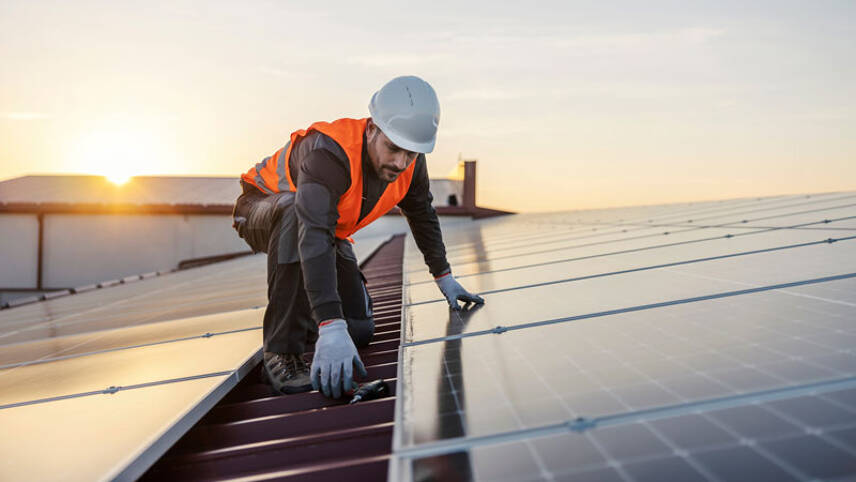Register for free and continue reading
Join our growing army of changemakers and get unlimited access to our premium content

The Agency has today (11 January) published its latest annual report on the global state of renewable energy capacity and investment. These baseline figures are used to adjust predictions for what’s to come over the next five years.
This report reveals a significant acceleration in renewables deployment year-on-year in 2023 which, if maintained in the coming years, will put a global goal to triple the world’s renewable energy capacity by 2030 within reach. This goal forms part of a ‘Global Decarbonisation Accelerator’ commitment signed by more than 130 nations at last month’s COP28 summit in Dubai.
According to the IEA, the world is now on track to grow renewable energy capacity to 7,300GW by 2028. This is 33% more capacity than the Agency was predicting to come online in its last annual report.
Should this forecast of a 2.5-fold increase in capacity by 2028 come to fruition, renewables would overtake coal to become the largest global source of electricity generation in 2025.
The Agency has hailed progress over the past 12 months as “unprecedented” but noted that more must be done in terms of policy interventions to accelerate the rollout’s scale and pace in line with the Global Decarbonisation Accelerator.
IEA executive director Fatih Birol said the biggest major “hurdles” to overcome relate to the “difficult macroeconomic environment” at present.
Indeed, offshore wind developers have seen supply chain costs skyrocketing over the past year as higher energy and commodity prices bit. This has led to several large projects being delayed or cancelled.
Global North, Global South
A further challenge will be ensuring that the global renewable energy boom is not concentrated in a select few markets.
Three-quarters of the capacity additions in 2023 were solar, with China leading the way, the IEA has confirmed. China commissioned as much solar in 2023 as the whole world did in 2022.
China is, furthermore, rapidly emerging as a leading player in wind. Its additions were up 66% year-on-year. The UK and US are under increasing pressure to retain their global status as wind leaders.
The IEA has also tracked a significant uptick in renewable installations across the EU-27, Brazil and the US. Installations in the US are doubtless buoyed by the multi-billion-dollar subsidy packages on offer through the Inflation Reduction Act.
The IEA expects these markets, plus India, to continue leading deployment through to 2028.
Its new report reiterates concerns already repeatedly stated around deploying renewables in developing countries, which accounted for a tiny fraction of the additions made in 2023. Previous Agency analysis revealed a $150bn investment in clean energy in developing economies in 2020, which will need to hit $1trn by 2030.
Policy interventions to scale renewables in emerging and developing economies, in the IEA’s view, should be concentrated on improving finance access by de-risking and formalising investment. This will require efforts from not only governments but also financial institutions, standard-setters and the international community.
Once investment has started to flow, developing nations should set time-bound targets to scale renewables and implement other supporting policies, the IEA advises.
Birol said the successful delivery of the Global Decarbonisation Accelerator goal “will hinge” on ensuring that emerging and developing economies “are not left behind”.
Related feature: What’s included in the IEA’s 2050 net-zero roadmap for global energy systems?


Please login or Register to leave a comment.